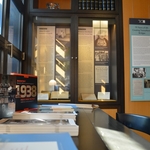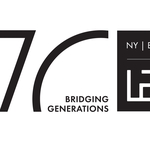New Website Virtually Reconstructs Austrian-Jewish Lives
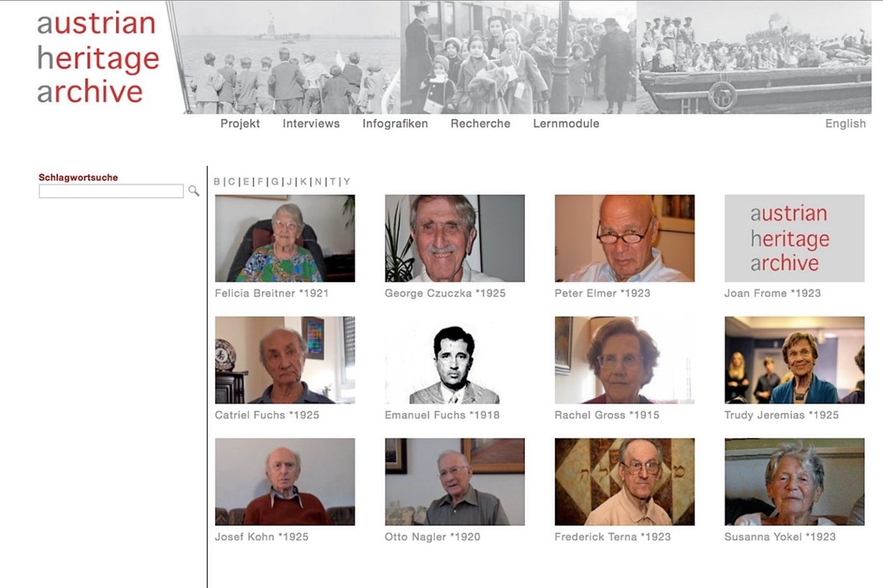
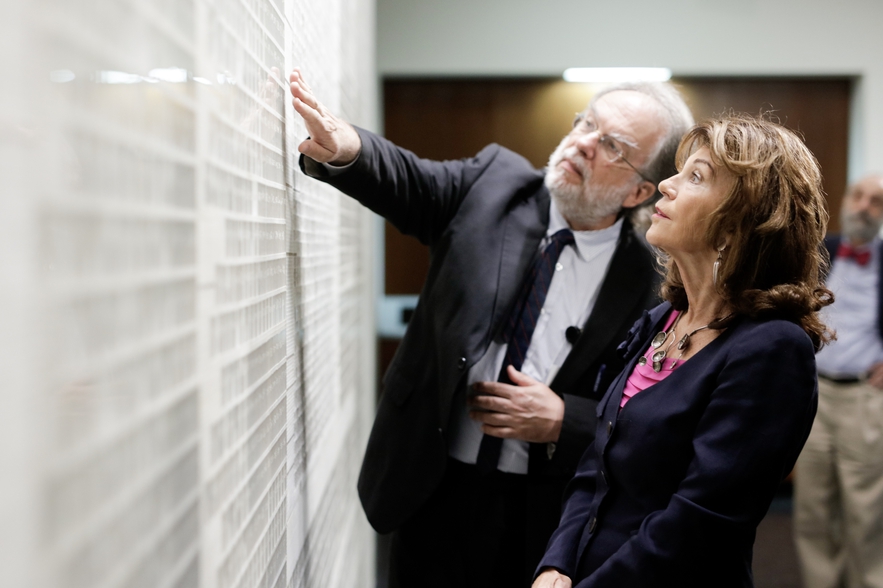
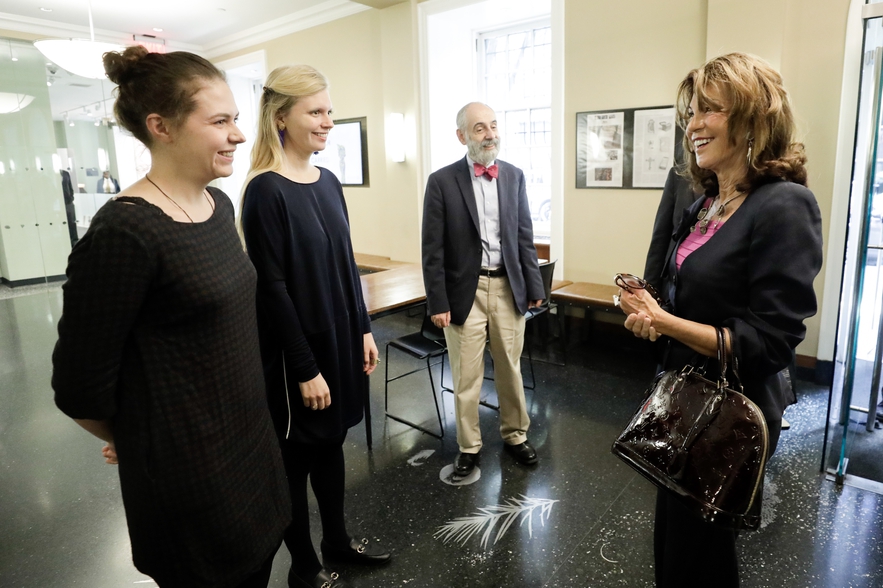
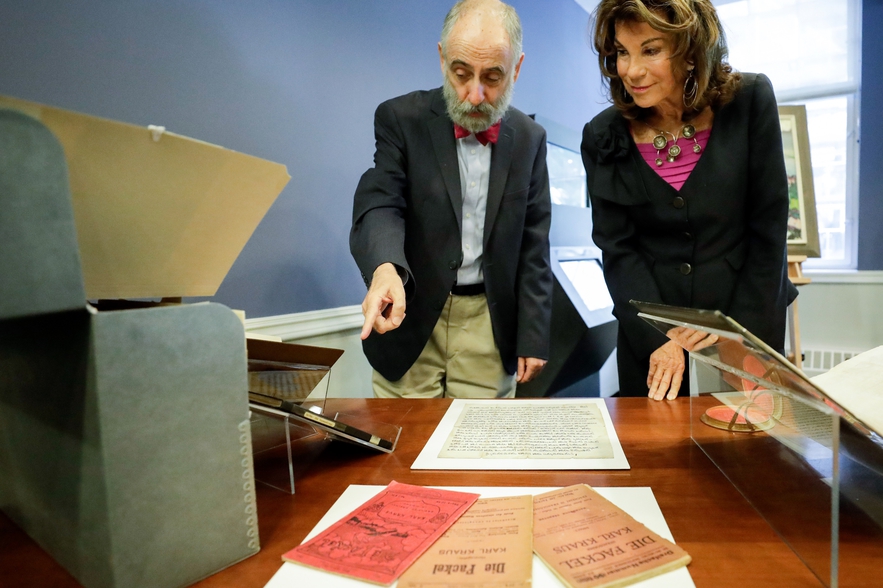
- Date
- Fri, Nov 1, 2019
When Philipp Rohrbach came to New York from Vienna in 2007 to spend a year interviewing Austrian emigres in lieu of his mandatory military service, the LBI archives contained about 230 oral history interviews on cassette tapes. Today, nearly 700 of these interviews are fully digitized and available online in the LBI catalog, thanks to Rohrbach and other young Austrian volunteers.
Now a PhD candidate in history at the University of Vienna and a research associate at the Vienna-based Wiesenthal Institute for Holocaust Studies, Rohrbach and his colleague Adina Seeger lead a team of historians that has been carefully sifting through those interviews creating new transcriptions, adding metadata about subjects and places, and enriching them with photographs and other documents.
“We wanted to present this valuable raw material in a way that benefits both academic historians and the general public,” said Rohrbach. “In a way, it’s our answer to the question of what happens when the eyewitnesses are no longer with us.”
One of Rohrbach’s interviewees over ten years ago was Trudy Jeremias. In her interview, the retired jewelry designer calls her family’s two-story villa in Vienna’s thirteenth district “much too large” and says she spent most of her time playing with the gardener’s sons outdoors. The boys’ father was a Nazi sympathizer who often denounced the family. Although her connection to Judaism was limited to an hour per week of religious education, the annexation of Austria in 1938 changed everything, and 13-year-old Trudy left with her family for New York.
On the new website, users can listen to Trudy tell her life story in her own words over five hours, but they can also browse structured data about her biography, including the places she lived, her route of escape from Austria, her education, and her career.
Because preparing this information is labor intensive, Rohrbach said that the team began with twenty interview subjects that represent a broad spectrum of experiences. The subjects include people from all classes and various parts of Austria as well as people who emigrated at different times and by different routes. Some made aliyah to Israel with Zionist youth organizations before the Anschluss, others left after the Anschluss, and still others survived in hiding or in concentration camps. About half of Austrian-Jewish emigres went to Palestine or Israel, and the website includes more recent video interviews conducted at the LBI Jerusalem.
The Austrian Heritage Archive was managed by the Austrian non-profit GEDENKDIENST in partnership with the LBI New York, the LBI Jerusalem, the Vienna Wiesenthal Institute for Holocaust Studies and the Center for Jewish Cultural History at the University of Salzburg. Financial support was provided by the The Future Fund of the Republic of Austria, The National Fund of the Republic of Austria for Victims of National Socialism, and the Austrian Federal Ministry of Education, Science and Research. In 2020, the project will add an additional 20 interviews.
Visit the Austrian Heritage Archive Online
From LBI News No. 108

